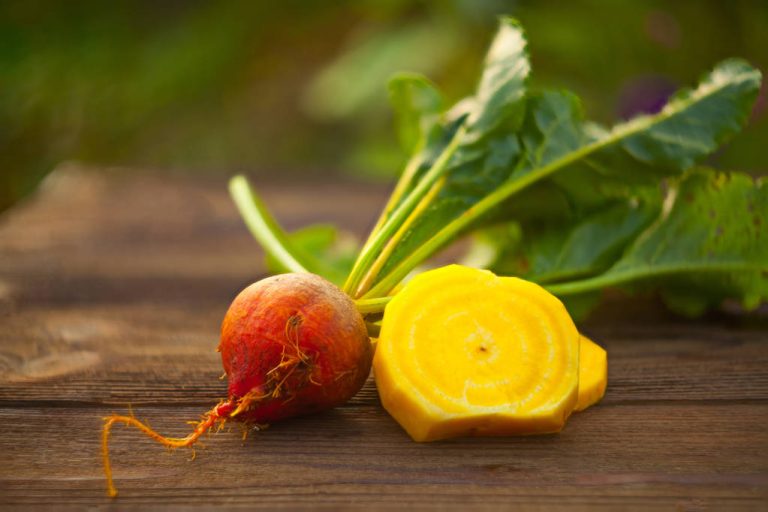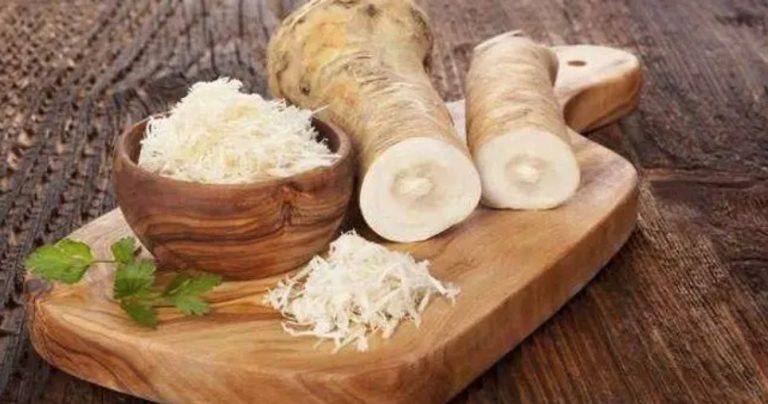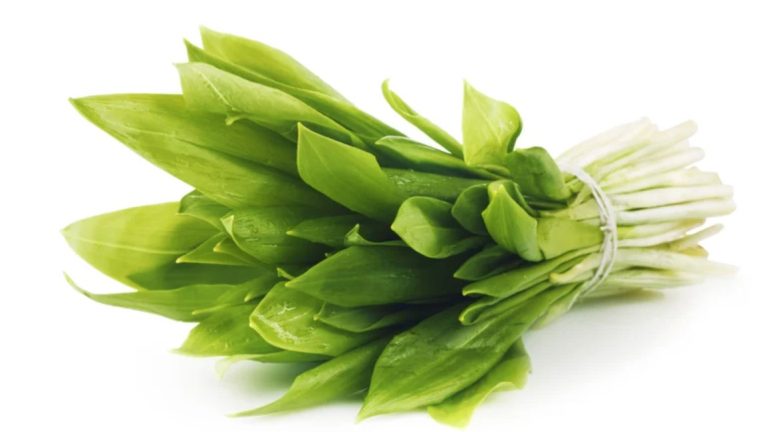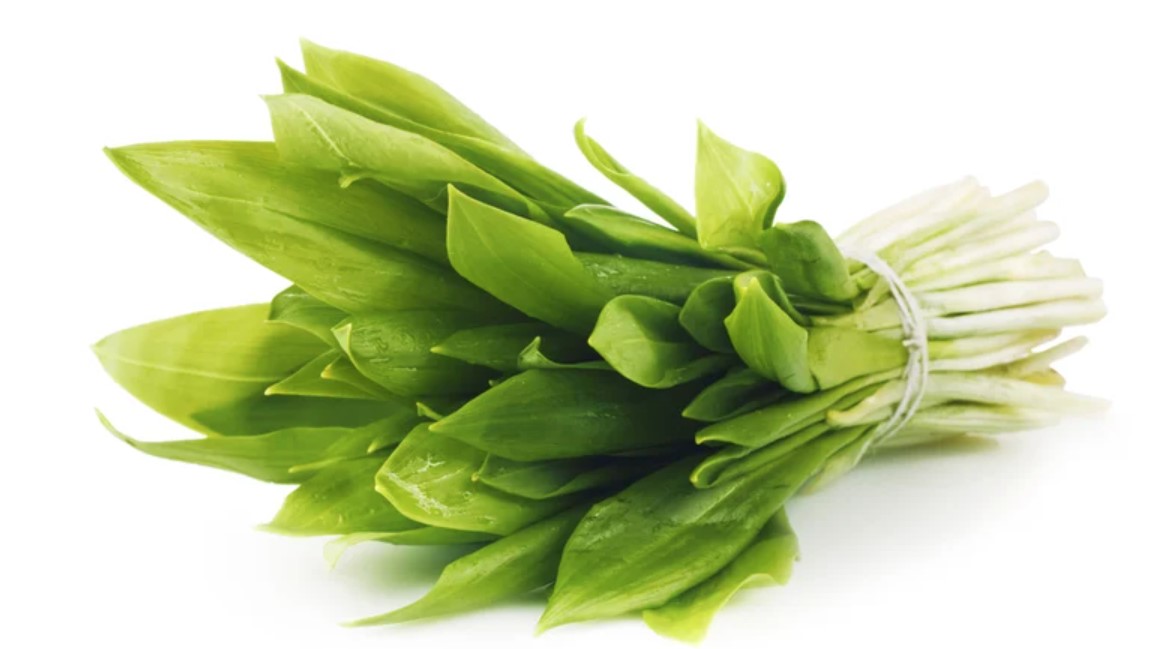Simply store eggs and preserve eggs. Tips and tricks for eggs and information on how long eggs can be kept. This is how you store eggs properly so that they can be kept for a long time.
Many people like to eat eggs. Be it on bread or in a salad or just in between. But mostly eggs are left over and you don’t want them to spoil. After all, spoiled eggs can cause unsightly diseases. In order to enjoy fresh and tasty eggs, one must store the eggs properly and preserve the eggs.
Things to know about eggs
The color of the eggs has nothing to do with the color of the feathers, as is often assumed. However, there is another feature on the hen’s head that can be used to determine what color the eggs will be. On the hen’s head, a flap of skin sticks out between the eye and the beak, which is either brown or light-colored. The egg you laid will be the same color.

Shelf life of eggs
You should never wash raw eggs because it destroys the protective layer of the egg and the eggs don’t last as long. In addition, without a protective layer, salmonella can spread on the egg. Eggs have to mature to really taste good. The egg tastes best from the fourth day after laying. Very young eggs are called “greasy”. Nevertheless, you should note the best-before date. The best before date (BBD) of eggs is stated on the label of the packaging. Here are 5 tips to keep food fresher for longer.
If the eggs are still good shortly after the expiry date, you can still eat them when they are heated to at least 70 degrees. Eggs cannot be sold after 21 days, but they can be kept for about 28 days after laying. If you plan on storing boiled eggs, don’t put them off. Although quenching with cold water stops the cooking process, the eggshell becomes porous and germs can penetrate more easily. Therefore, you should not put off eggs that you want to store longer. Doesn’t it always have to be eggs? There are also foods and recipes as egg substitutes.
Preserve eggs in the fridge
Eggs are protected by a yolk membrane that prevents germs from entering. The protection of the membrane depends on the temperature. The fewest germs develop at a temperature of 4-6 degrees, which is why storing eggs at 4-6 degrees is recommended. From 20 degrees, the membrane lets bacteria through, which means that eggs definitely need to be refrigerated if they have been exposed to such temperatures. They should be cooled to a maximum of 7 degrees. They can then be stored in the refrigerator for four weeks. Eggs don’t belong in the fridge near smelly foods like cheese. Here’s how to get rid of musty odors in the smelly fridge.
In the refrigerator, they do not belong in the refrigerator door. With eggs, it is very important that the temperature remains consistently cool and that the cold chain is not broken. The constant opening and closing of the refrigerator door damage the eggs as it causes temperature fluctuations. Eggs are best stored in their carton inside the refrigerator. Take a look at our instructions for defrosting and cleaning the refrigerator.
Egg dishes and their shelf life
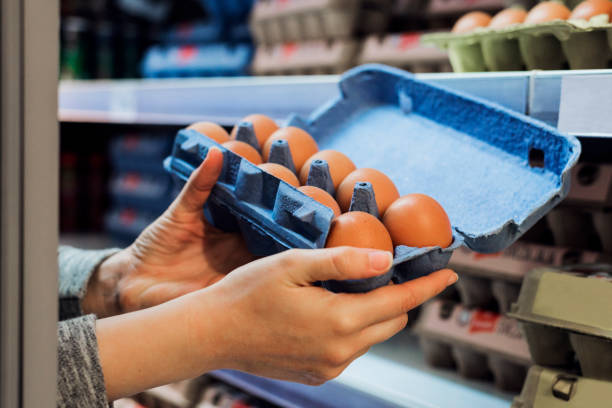
Extreme temperature fluctuations impair the self-protection of the egg. This reduces the quality and the egg ages faster. You should eat egg dishes such as mayonnaise, pudding, or sauces on the same day or store them tightly closed in the refrigerator at a maximum of 7 degrees for a maximum of one day. If the best-before date has passed, then you should no longer eat the eggs raw. You should heat them to at least 70 degrees and then only use them for baking and cooking. Also, note our tips and instructions on how to cook eggs properly.
There are dishes in which raw eggs must be used. For this, you should only use very fresh eggs and consume these dishes on the same day. You may no longer consume egg dishes once the cold chain has been broken. You should also be careful when blowing out Easter eggs. Sensitive people whose immune system is not very good, such as the elderly and small children, should only eat well-cooked eggs and egg dishes. Here you will find tips for blowing out eggs and dyeing Easter eggs.





